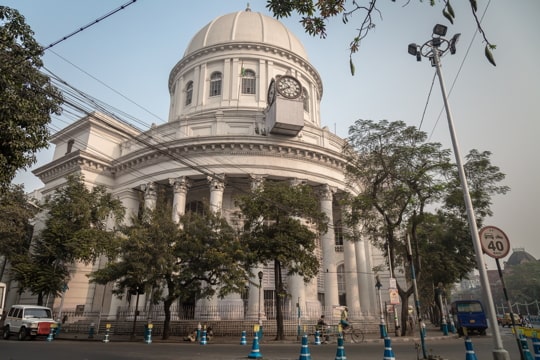

The Pack contains associated resources for the learning experience, typically in the form of articles and videos. There is a teacher Pack (with only teacher information) and a student Pack (which contains only student information). As a teacher, you can toggle between both to see everything.
Here are the teacher pack items for Colonization: Oppression and Resistance:


Overview In this experience, students predict how the people of Africa, Asia, and the Pacific Islands responded to foreign colonization. Then they learn about movements of resistance, collaboration, and accommodation. Next they divide into groups, and split among the members a video about Asian or about African responses to imperialism and colonialism. They create a brief slideshow about the video that they watched. Finally they write a diary entry of a teenager living in a colonized region to describe how colonization has affected their lives. Students will collaborate in small groups for scene 3, but they will post individual answers. Objectives
The nineteenth century saw many nations across North, South, and Central America win their freedom from European colonizers, inspired by ideas of individual and political freedom. Yet vast empires arose through this century as European countries colonized distant lands across Africa, Asia, and Pacific nations. These empires utilized the colonies as sources of cheap labor and natural resources in order to enrich the mother countries and their industries. The colonies often found themselves poorer than they had been before European intervention. In this experience, you will learn about the plight of these colonies and how their indigenous populations responded.
Objectives

The General Post Office in Kolkata (Calcutta) India is an example of colonial architecture.
Based on what you know about the colonization of North America and the American Revolution, predict how the indigenous peoples of Africa, Asia, and the Pacific islands reacted to nineteenth-century imperialism.

Most of the countries did not gain their independence until after World War II. Zimbabwe was the last colony in Africa to win independence from a European nation—Great Britain—in 1980. Hong Kong was a British colony until 1997.
